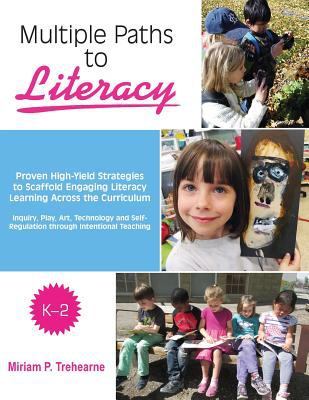
print
|
Multiple paths to literacy, K-2 : proven high-yield strategies to scaffold engaging literacy learning across the curriculum
Copies
2 Total copies, 2 Copies are in,
0 Copies are out.
Authors
Subjects
Language
English
Dimensions
28 cm.







